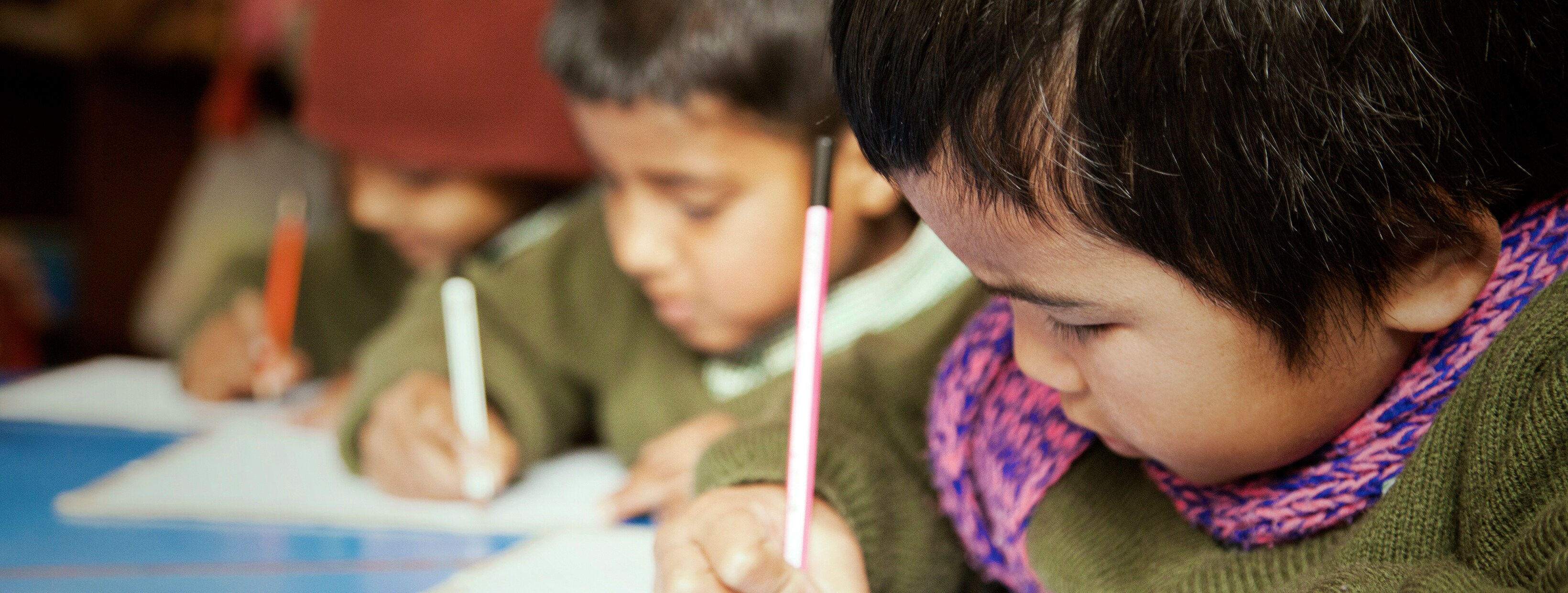
An interview with Cathy Marks Krpan, author of Teaching Math with Meaning
April 13, 2018
Award-winning educator and author, Cathy Marks Krpan says, “It is not enough for students to memorize number facts in order for them to become deep, insightful mathematical thinkers and problem solvers. Students also need to understand what these facts mean conceptually, how they related to their daily lives, how to use them to communicate mathematical ideas, to facilitate problem solving and enhance critical thinking.”
In this interview, Krpan, who is also a professor at the Ontario Institute for Studies in Education, explains how connecting math to students’ lives can ease math anxiety and motivate students. She also provides a mix of usable tips and clear advice to support educators seeking to change the way students see math.
What are some key benefits of relating math to real life for students?
Cathy Marks Krpan: We know engaging students in doing mathematics that is meaningful can increase motivation and lower math anxiety. This approach enables students to understand the wonderful role that mathematics plays in their lives. They learn that it is something that they can use in a variety of contexts and not something that only exists in the classroom.
If you think about everything you’ve ever learned—anything—the things that have stayed with you are the things that have had meaning or that you were motivated to learn in some way.
You’ve said approaching math in a similar way to how we teach language arts can support real-life math connections, can you explain that?
Cathy Marks Krpan: Yes, look at the teaching practices we use for language arts. We explore and discuss stories that are meaningful and invite students to connect them to their own lives. We facilitate connections and meaning in language arts--we need to do the same in mathematics.
This approach is essential because math is often stereotyped as a subject that’s cold and impersonal; and focused solely on memorizing number facts and formulas.
Students don’t learn how to write by learning grammar and spelling in isolation. It’s the meaningful experiences of writing stories and letters etc., that help students understand how these concepts are used to communicate ideas, debate issues and describe our world.
I am not saying that students don’t need to know content knowledge such as number facts, but that alone isn’t enough for them to become deep mathematical thinkers and problem solvers.
We need to provide meaningful problem solving contexts that facilitate the understanding and application of math skills and knowledge in meaningful ways.
How can teachers connect math to real life for students?
Cathy Marks Krpan: Real life will have different meanings for different students. Just because it’s real life for me, doesn’t mean it’s going to be real life for my students. We have rich diverse student populations in our schools so we need to understand what real life means for our students. What kinds of learning experiences, life experiences do they bring to the learning process?
The best way to gain that insight is by listening to our students and asking questions. We need to get to know who they are beyond our classroom walls. Get to know what is meaningful to them, what motivates them. What is happening in their lives that we can use to enhance their learning?
Getting to know students is paramount. This approach not only enriches learning in mathematics, but also helps students understand that everyone has different perspectives and rich life experiences that enhance their learning community.
How can teachers choose math tasks that students will connect with?
Cathy Marks Krpan: As teachers, we need to critically examine the math tasks we provide our students.
Do they encourage students to think in different ways mathematically? Do they enable all students to make personal connections in their learning? Do they facilitate learning competencies beyond mathematics?
We also need to ensure the tasks are open enough to allow all learners to access the thinking and work to their own potential.
We can do this by creating tasks that are open in the middle —where there are a variety of ways to get to the one solution—and/or open at the end—where there are a variety of possible solutions. This can empower students to apply different mathematical ideas and think deeply about what they are learning.
How can busy teachers find the time for real-life math connections?
Cathy Marks Krpan: It’s not about adding any additional pieces to our classroom program, but rather, examining our practice through a different lens.
This involves asking ourselves the questions I mentioned earlier. During the planning process, we need to ensure the tasks we are considering engage students in rich mathematical thinking and provide opportunities for students to explore and share their own mathematical ideas.
In addition, there are many ways we can enhance the math tasks we already use in our practice. For example, we might be able to modify an existing task to be more open by providing less information or by changing the kinds of questions we pose to students during the learning process. Changing our teaching lens can take a bit of time at first, but it can make all the difference for student learning in mathematics.
Looking for more strategies and activities to support real-life connections to math learning? You can find them in Krpan’s book Teaching Math with Meaning.
“It’s not about adding any additional pieces to our classroom program, but rather, examining our practice through a different lens.”
—Cathy Marks Krpan